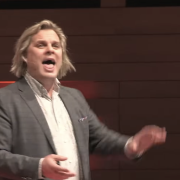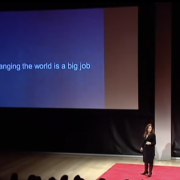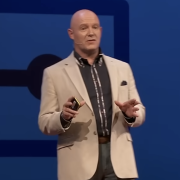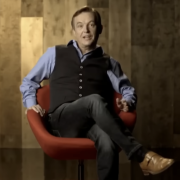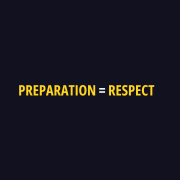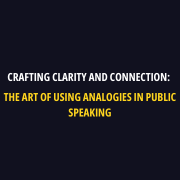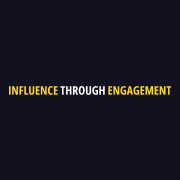A lot of people, myself included, often talk about the importance of authenticity when it comes to communication.
But in this video Mark Bowden blows this notion out of the water with his incredible talk on body language and how to use it to manipulate how other people feel about you.
Mark is a body language and human behaviour expert and a very very good speaker.
In this fascinating and very funny talk, Mark explains how our brain works when we begin to communicate with people.
He starts by talking about how we use our brain to make snap judgements within nanoseconds based on people’s behaviours.
In our primitive brain, has four categories that it uses for everyone we interact with:
- Friend
- Enemy/predator
- Potential mate
- Indifferent
Mark goes on to explain that unless you already know someone , the default category that people we interact with is ‘indifferent’.
From a speaking and presenting point of view, if the audience decide in their brains that the speaker/presenter is ‘indifferent’ to them, then it won’t matter how powerful the message or idea is, they most likely wont pay attention.
“Behavioural psychology says that you’re just not going to pay attention to me unless I can get into the category – ‘friend’ with you.”
And this is when Mark begins to explain and describe the tiny little signals that he has been doing during his talk to get the audience to put him into their ‘friend’ category within their brains.
And his tips and techniques that he describes are not difficult for us all to learn from:
- Smile
Mark explains that just creating a smile with your mouth isn’t good enough “the smile must build over 3 seconds and it must sustain for 3 seconds otherwise it’s insufficient data and your primitive brain gores ‘ah predator’”.
- Eyebrow Flash
Mark then goes on to highlighting the importance of just raising your eyebrows when you first meet someone; “This is the universal signal for ‘I recognise you, i know you, you’re my friend…”
- No tools, no weapons
As in the David JP Phillips video, Mark discusses the importance of open and closed body language.
He explains that when we feel threatened or unsafe, we close our body to protect ourselves. Whereas when we open up our arms, hands and our bodies, we are highlighting that we are unarmed and not dangerous.
Mark finishes his talk by explaining and demonstrating what his true ‘authentic self’ would look like if he was presenting on stage.
The contrast involves him raising his voice, pacing angrily and scowling as he is angry/defensive at the thought of being judged by the audience and uncomfortable.
And this is where the message hits home, Mark is asking the audience not to be indifferent to the people they meet.
He wants them to use the smile, eyebrow flash and open body language so that they can enter into the ‘friend’ category.
We can all learn from this talk and use these simple signals to ensure that the message and ideas that we are presenting or speaking about are not lost on the audience.
If you want to see more TED Talks on public speaking then take a look at my Top 5 TED Talks to improve public speaking.

